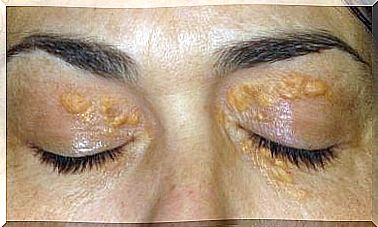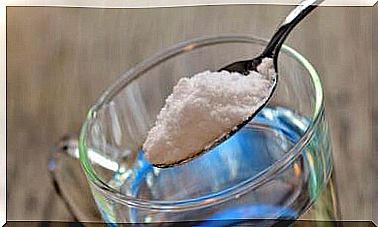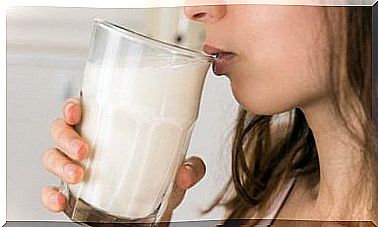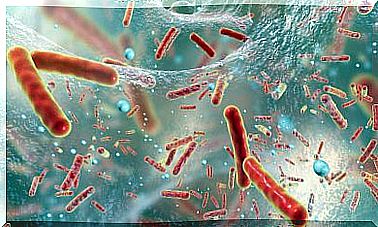Know The Most Allergenic Foods And Their Substitutes
Food allergies can trigger strong reactions that can be life threatening. This is a condition that must be observed correctly. Its treatment includes a diet based on substitutes for allergenic foods.
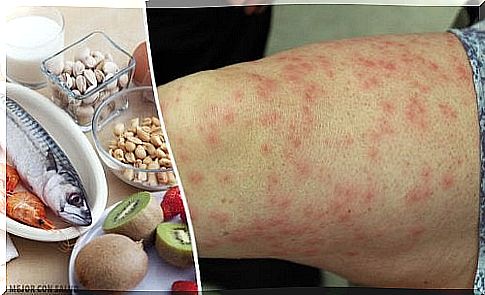
Allergenic foods are the triggers of so-called food allergies. This condition results in the body’s intolerance to proteins found in food. When this happens, the person may experience mild symptoms such as itching and redness, or more severe reactions such as anaphylactic shock.
Food allergy usually occurs during the early years of childhood. Their course will depend on the types of food and the reaction to it.
What is an allergen? What is an allergenic food?
An allergen is a substance capable of producing an abnormal reaction in the immune system of people who are sensitive to it. And an allergenic food is a product or ingredient that contains a certain compound (allergen), capable of causing severe reactions in people with allergies.
What are the most common allergenic foods?
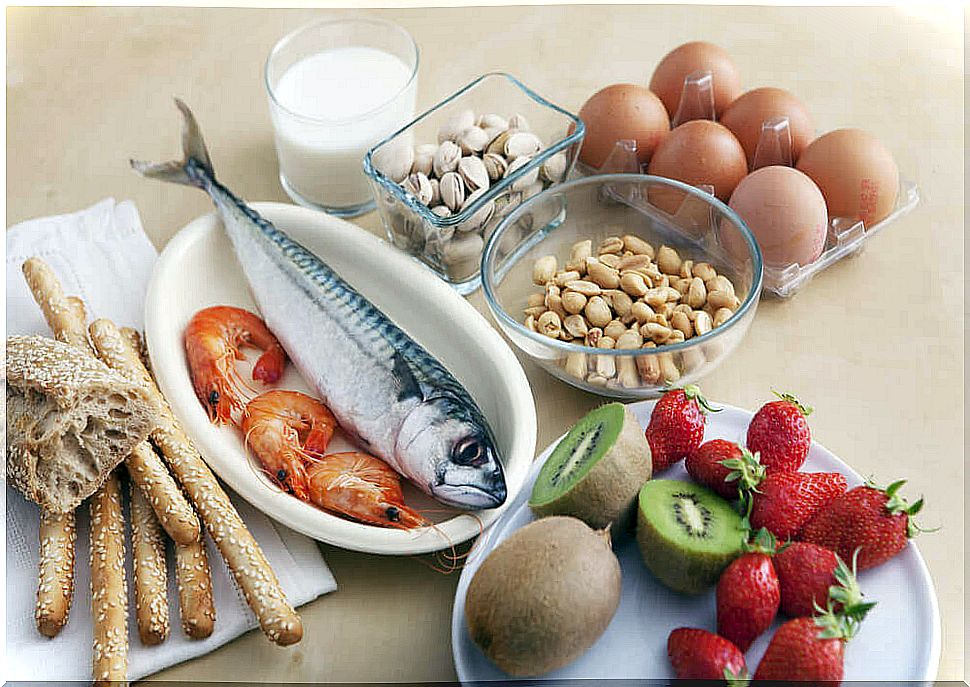
Currently, there are over 160 allergenic foods. However, according to the Food Allergen Labeling and Consumer Protection Act (FALCPA), the most common are:
- Milk. Allergy to milk protein is most common, especially in babies. However, they can be cured before the age of three.
- The eggs. They can cause serious reactions such as anaphylaxis, affecting the body and organs within minutes.
- The fish. Products containing fish cause quite strong reactions. Symptoms can even appear from simple inhalation while cooking.
- Dried fruits. Since another food can withstand heat during the digestive process, the allergy will be more acute. This is the case with nuts.
- Peanuts. It is the main trigger for anaphylaxis.
- Wheat and soybeans. Although infrequent, cereals can interact with pollen allergens.
What are the symptoms of food allergy?
Usually, the symptoms of food allergies appear a few minutes after ingesting the allergenic food. Some of these symptoms are:
- Redness of the skin
- Tingling sensation
- Itching in the mouth
- Inflammation of the face
- Vomiting or diarrhea
- Abdominal cramps
- Coughing or wheezing when breathing
- Vertigo or lightheadedness
- Inflammation in the throat
- Pressure in the chest
- Loss of consciousness
What causes the food allergy?

For a person to develop an allergic reaction to a food, they must have been exposed to it before, at least once in their life. The allergy appears when the body comes into contact a second time with the allergenic food.
At this point, the antibodies react to the antigen, in particular the histamine which causes the symptoms. There are different factors that can trigger a food allergy, including:
- Hereditary component
- Exposure to antigens
- Gastrointestinal permeability alterations
- Environmental factors
Substitutes for allergenic foods
The truth is that eliminating allergenic foods from the diet can lead to protein deficiencies in the long run. This produces an energy imbalance and a lack of nutrients in the body, forcing the use of substitutes. Here are some of them:
1. Milk substitutes
People with cow’s milk allergy need not worry, as there are other foods rich in calcium such as:
- Dark leafy vegetables
- Pasta
- Legumes
- The dried fruit
- Fish
In addition, there are other ways of drinking milk that also provide vitamins. Among them :
- Soybeans. It contains less protein but no cholesterol. It has 50% less fat than whole milk.
- Almonds are rich in vitamin E and B12.
- Rice, rich in vitamin B12, iron and calcium.
- Hazelnuts. Provide calcium, phosphorus, magnesium and potassium, in addition to a significant amount of antioxidants.
- The coconut. It contains calcium, phosphorus, magnesium and potassium, selenium and folic acid.
- Quinoa. Rich in magnesium, iron, zinc, vitamin E and vitamins B1, B2 and B6.
2. Egg substitutes
Egg yolk has great nutritional value due to the variety of vitamins and minerals it provides. It contains vitamins A, E, D, B12, B6, B2, B1 and folic acid, in addition to being rich in iron, phosphorus, potassium and magnesium. However, to replace it, we can eat:
- Meats
- Legumes
- Fish
- Green leafy vegetables
- Pumpkin
- Carrots
3. Fish substitutes
Fish contains proteins such as sodium, potassium, calcium, magnesium, phosphorus, iodine, iron, and group B vitamins. In addition, it is a natural source of polyunsaturated fatty acids. To balance their absence, we can consume:
- Milk
- Meat
- Egg
- Various fruits
- Legumes
- Dried fruits
4. Nut substitutes
Many do not include them in their diet, even without having allergic reactions. But the truth is, these fruits provide protein, soluble fiber, potassium, unsaturated fatty acids, magnesium, phosphorus, vitamin E, and calcium. And the way to replace them is to consume the following foods:
- Meat
- Fish
- Egg
- Legumes
- Chickpeas
- Olive oil
- Olives
- Avocado
In summary, food allergy is a condition of self-medication and cannot be an option. The fact that allergens can change unexpectedly means that the effect of the drug may be counterproductive.
